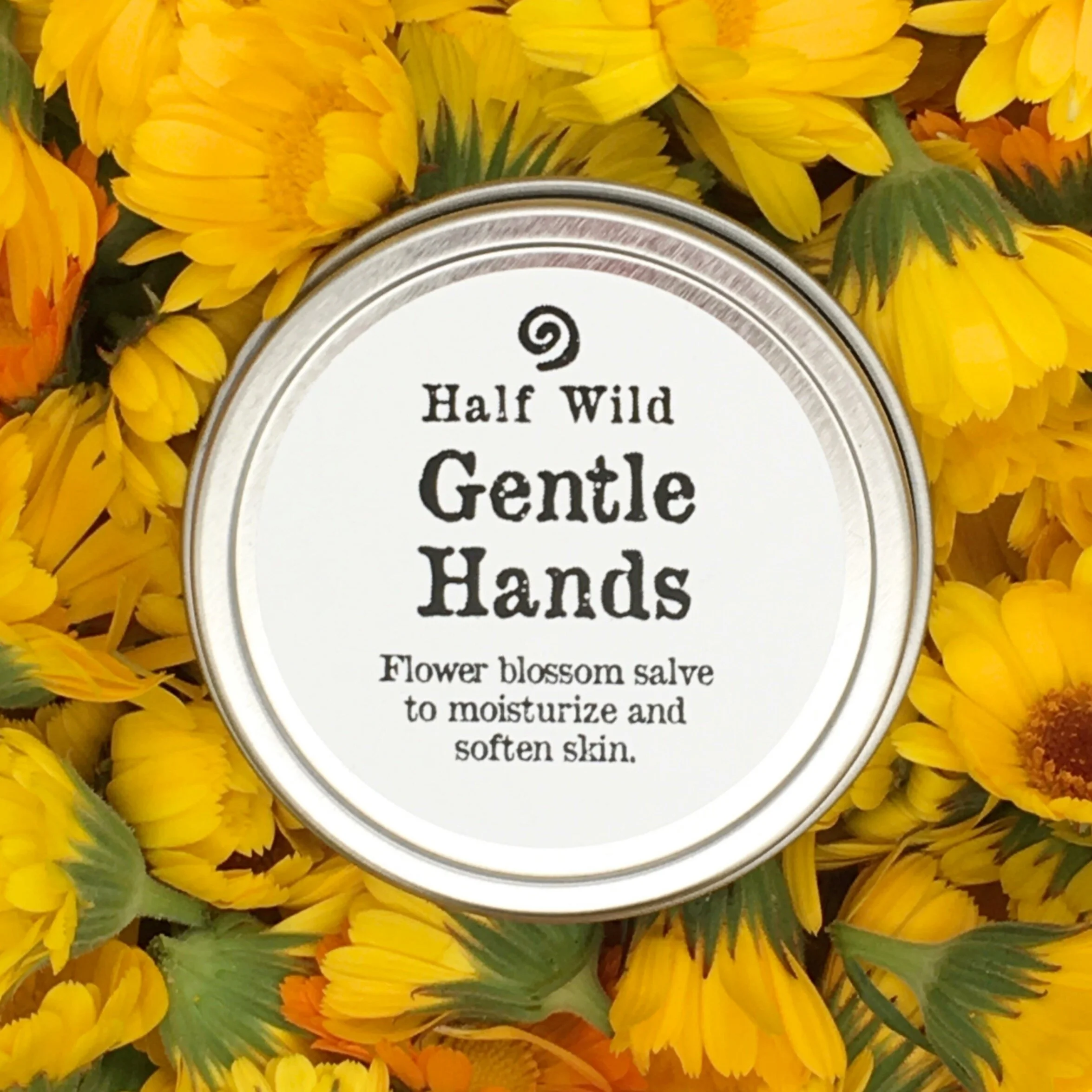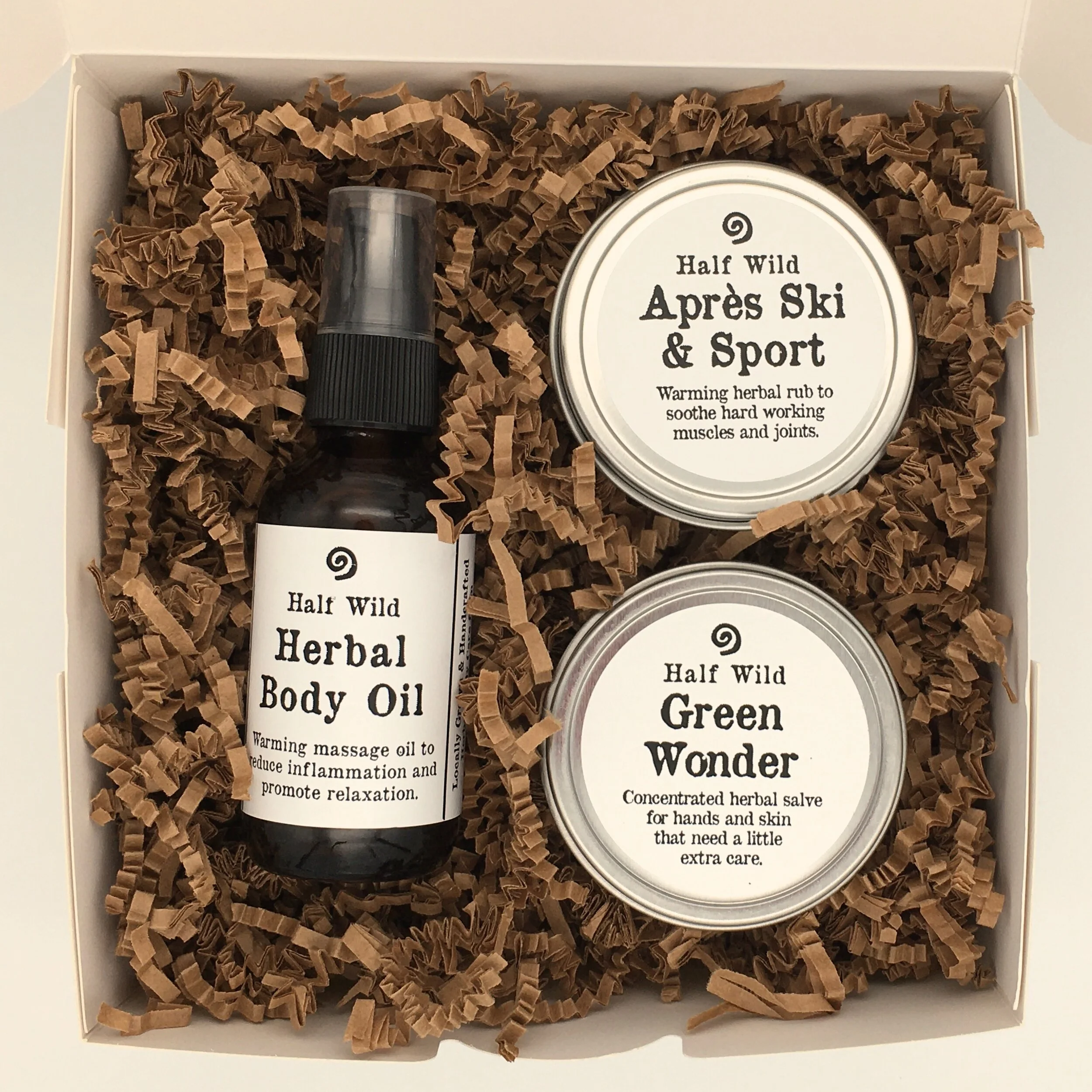As a local food lover, I tend to stick with local fruits — gorging on them in season and preserving the rest for later. I eat bananas and oranges maybe twice per year, but I cannot resist a good pineapple! What a delight they are, bringing tropical breezes and palm trees right to my door. I find that I can’t eat a lot of fresh pineapple at once, so I’ve gotten into the routine of buying a few pineapples when they are on sale and dehydrating slices to snack on later. They are absolutely delicious — a real revelation in the world of dried fruits. One pineapple loosely fills a quart jar, but make extra — they go fast!
How to dehydrate pineapple:
Peel and core the pineapple(s), so you end up with roughy four lengthwise chunks of edible pineapple meat. Then cut each chunk crosswise into thin slices about 1/4-1/8 inch thick. Place the slices onto the trays of your dehydrator with space between the slices for air to circulate.
Dehydrate at 135F degrees for approximately 12 hours, or until the slices are pliable but have no wetness in them if you tear one in half. When you think the slices are fully dry, turn off your dehydrator and let them cool on the racks. They will become less pliable as they cool, so it is easier to gauge your final product when they are cool.
Pineapple retains a nice chewy texture when completely dry. When dry, remove slices from trays and store in an airtight jar. Check the jar after a few days. If there is condensation forming on the inside of the jar, the pineapple is not fully dry and must be returned to the dehydrator to avoid spoilage. If you prefer slices that are thicker and/or not fully dry, you can store them in the refrigerator after dehydrating.
A note about storing dried fruit:
When choosing your storage jars, it is always better to store dried fruit in multiple small jars instead of all in one big jar. If one piece wasn’t quite dry and spoils, you’ll only have to throw away one jar, not the whole batch. Smaller containers also protect your batch from the moisture in the air that enters the jar each time you open it to take out some of the dried fruit. A larger jar will absorb more moisture over time as you open and close the jar, so smaller is better.
Bet you can't eat just one!!
























